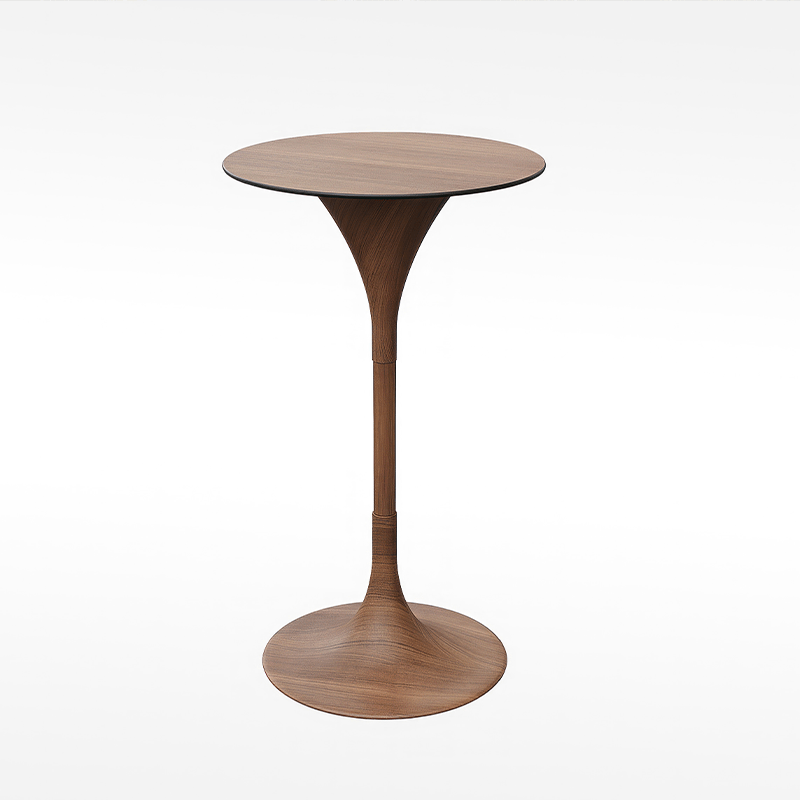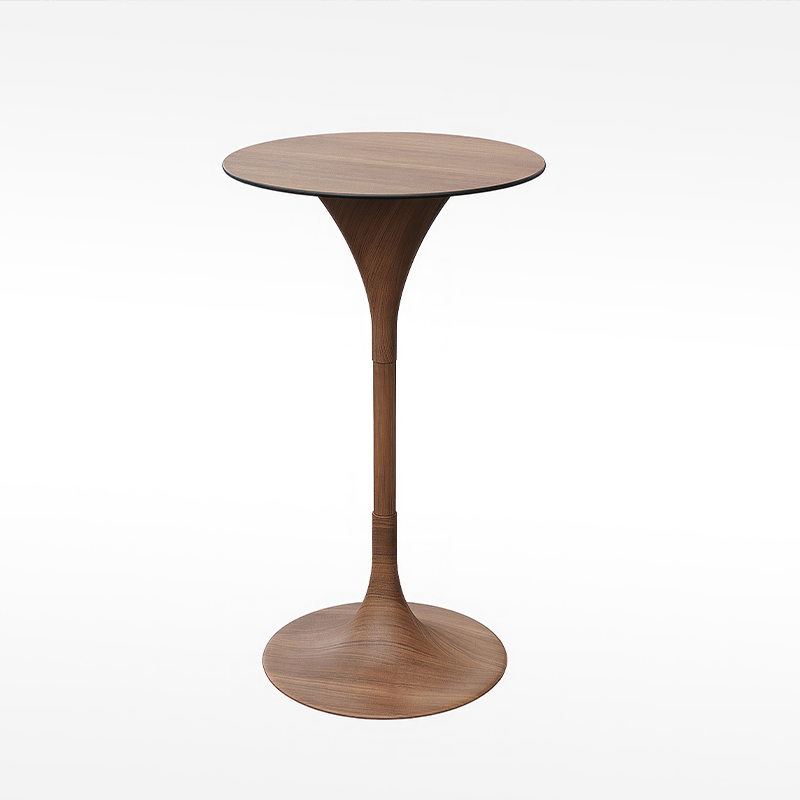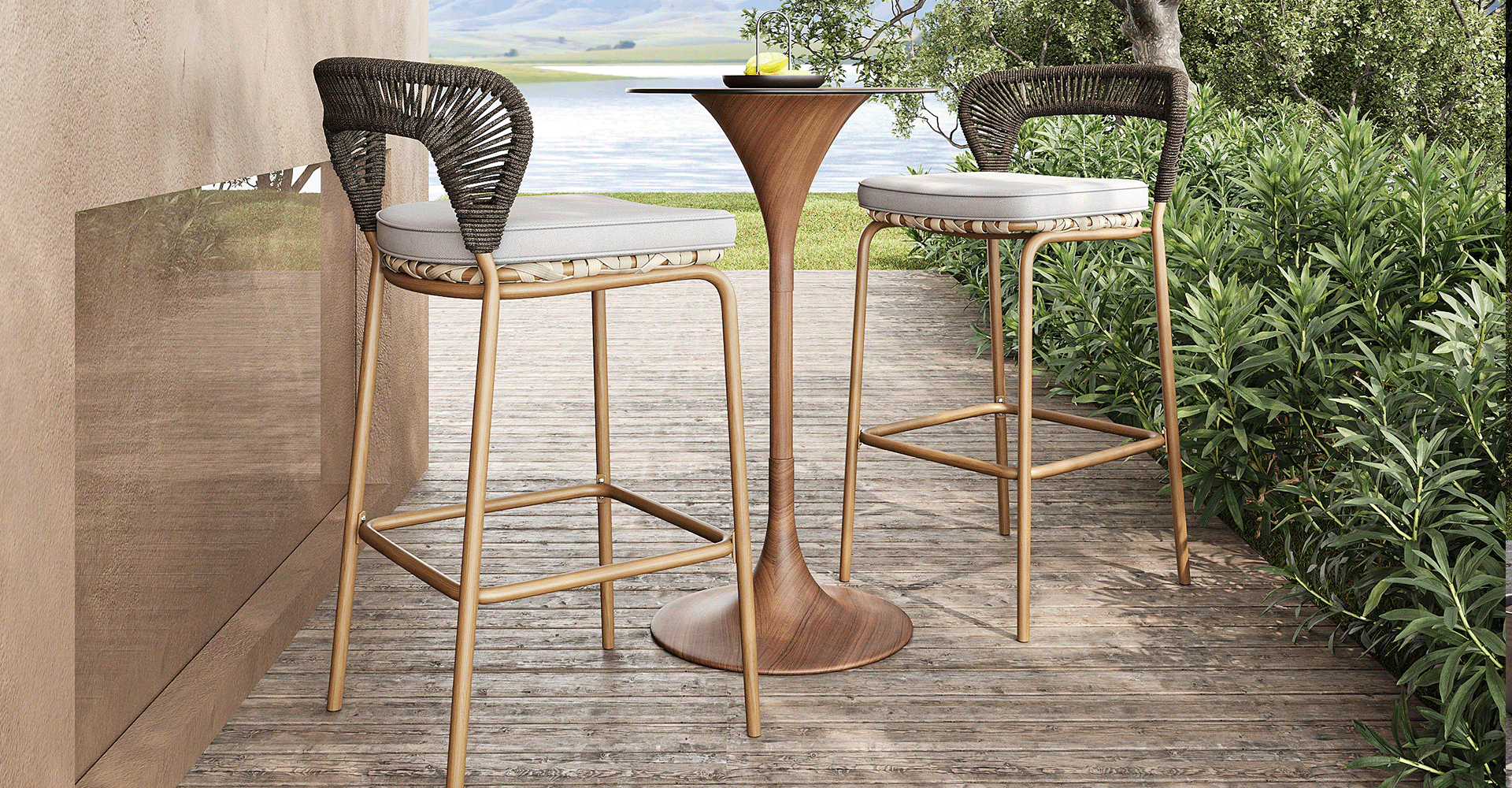What Is The Difference Between A Bar Table And A High Table?

Understanding the distinctions between a bar table and a high table is critical for choosing the appropriate furniture for your space, whether it's a home bar, a restaurant, or a formal dining room. This article will explore the key distinctions, including their definitions, uses, and design considerations.
Definitions
Bar Table
A bar table is a tall, narrow table specifically designed for use in bars, pubs, restaurants, and home entertainment areas. Typically, these tables are about 41 to 46 inches (104 to 117 cm) in height, which is higher than standard dining tables. Bar tables are often paired with bar stools or high chairs, making them ideal for casual settings where people might stand or sit while socializing.
High Table
A high table is an elevated table traditionally used in the dining halls of British colleges, such as Oxford and Cambridge, for the master and fellows and their distinguished guests. These tables are usually placed on a raised platform and are set across the breadth of the hall, at right angles to the tables used by students. High tables are associated with formal dining settings and often involve the use of dinner jackets and academic gowns.
Key Differences
Height
Bar Table: Typically stands between 41 to 46 inches (104 to 117 cm) tall.
High Table: Elevated on a platform, but the exact height can vary depending on the specific dining hall setup.
Primary Use
Bar Table: Used in casual social settings such as bars, pubs, restaurants, and home entertainment areas. They are designed to encourage interaction and are often used for eating, drinking, and socializing.
High Table: Used in formal dining settings, particularly in British colleges. These tables are reserved for the master, fellows, and distinguished guests, creating a hierarchical dining experience.

Seating
Bar Table: Paired with bar stools or high chairs, allowing for both standing and sitting arrangements.
High Table: Accompanied by formal chairs, often with specific seating arrangements for distinguished guests.
Design
Bar Table: Typically narrow and elongated to maximize space efficiency. They are often made from materials like wood, metal, and various finishes to suit different decor styles.
High Table: Broader and more substantial, often made from traditional wood. They are designed to be placed on a raised platform and are set across the breadth of the dining hall.
Ambiance
Bar Table: Creates a casual, social atmosphere, ideal for informal gatherings and interactions.
High Table: Conveys a formal, academic ambiance, often associated with tradition and ceremony.
Uses and Applications
Bar Table
Casual Socializing: Bar tables are perfect for casual social settings where people can easily stand or sit while enjoying drinks and conversations. They are commonly found in home bars, restaurants, and pubs.
Space Efficiency: Due to their height and narrow design, bar tables are excellent for smaller spaces. They provide a practical surface while taking up little floor space, making the room feel more open and spacious.
Versatility: Bar tables can be used for various purposes, including eating, drinking, socializing, and even working. They are often used in office break rooms, kitchen islands, and temporary workspaces.
High Table
Formal Dining: High tables are predominantly used in formal dining settings, particularly in British colleges. They are reserved for the master, fellows, and prominent guests, resulting in a hierarchical dining environment.
Academic Tradition: The use of high tables in academic institutions preserves historical dining styles from the Middle Ages and Renaissance, where the household ate together but in segregated styles. This tradition is still prevalent in many universities and boarding schools.
Ceremonial Functions: High tables are frequently used in ceremonial and formal events, providing a sense of prestige and tradition to the dining experience.

Design Considerations
When choosing between a bar table and a high table, consider the following factors:
Purpose: Determine whether the table will be used for casual socializing or formal dining. Bar tables are better suited for relaxed environments, while high tables are ideal for formal settings.
Space: Assess the available space and the table's footprint. Bar tables are more space-efficient and can fit into smaller areas, whereas high tables require a more spacious and formal dining hall.
Seating: Consider the type of seating that will accompany the table. Bar tables need bar stools or high chairs, while high tables typically use formal chairs.
Material and Style: Choose materials and styles that match the overall decor of the space. Bar tables come in various finishes, including wood, metal, and glass, while high tables are often made of traditional wood.
Height: Ensure the height of the table matches the intended use. Bar tables are about 42 inches high, while high tables are elevated on platforms, creating a different dining experience.
Conclusion
In summary, the primary difference between a bar table and a high table lies in their height, purpose, and use cases. If you are looking for the high-quality bar table set, Garden Story is ideal for you. We speacilze in various styles of bar table and chairs. Please feel free to visit our site for more product detail now!
